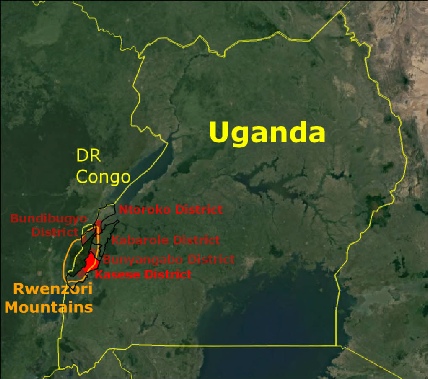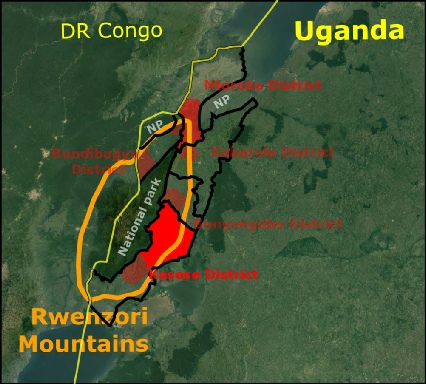
© 2012 -
This site does not use cookies

An ideal location
What would the ideal place be like for the JOY Goats programme? Somewhere that they already milk their local goats, but wish that the goats were more productive. Somewhere where almost every household kept goats, and more than just one or two. Somewhere that the suitable improver bucks were within the price that farmers could afford for themselves.
The place exists -
Up in the hills there are very few cows and almost every family keeps, and milks, goats. But they only get a fraction of a cup of milk each day, and only for the first couple of weeks after the goat delivers. (After that, what little milk the goat produces is needed for its own kids.)
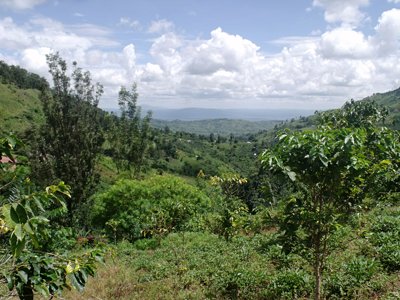

Challenges
It is not always easy to reach the upper slopes where the largest numbers of goats are found. In some cases even the motorbike cannot reach them, and the last stage has to be done on foot. This means that the Field Officer’s time is occupied with travelling, and only one village can be visited in a day.
On the positive side there are local organisations that are already active right
up to the upper limits of the inhabited area. The partner for the initial pilot phase
is Rwenzori Youth Initiative for Development.
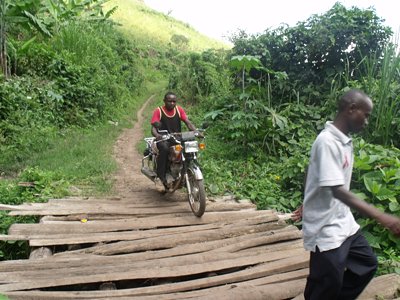

Modular Project Design
The district is naturally divided into sections by the rivers that run off of the
mountains. This river may not look particularly impassible, but the picture was taken
in the dry season -
These natural divisions mean that we can conveniently consider the district to be
comprised of 34 zones, each of which will have its own sub-
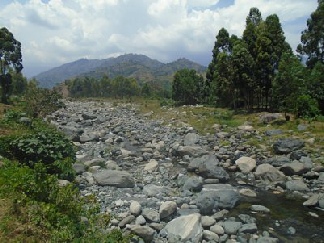

Adapting to the local culture
We carried out a lot of interviews with farmers as we planned the project. They were very clear that they wanted more milk, but were equally clear that they also needed to maintain the robustness of their goat stock. So the 50% crossbreeds that we normally aim for would not be suitable, instead, we would use 50% males to mate with local females, to produce even lower grade offspring.
Cost-Effective Breeding Plan
The 50% males are much cheaper than the high-
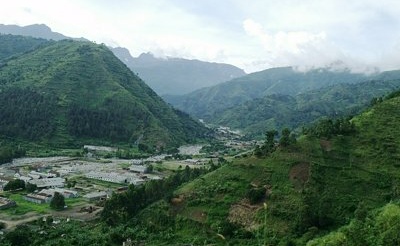


The Target
We started in 2016 in just one sub-
Our target is to extend to the whole of the Rwenzori Mountains. In 2022 we had the opportunity to start a project in Ntoroko District, at the northern tip of the mountain range. Building on the experience gained in Kasese District, it has started very strongly, and is already extending into parts of Bundibugyo and Kabarole Districts.
A similar cultural and physical environment exists all round the Rwenzori range, including the part in the Democratic Republic of Congo. So far the work has only been on the Ugandan side. But if suitable partner organisations can be found in DRC, and when peace is sufficiently well established, we hope to also be able to take the innovations across the border.
Kasese District

